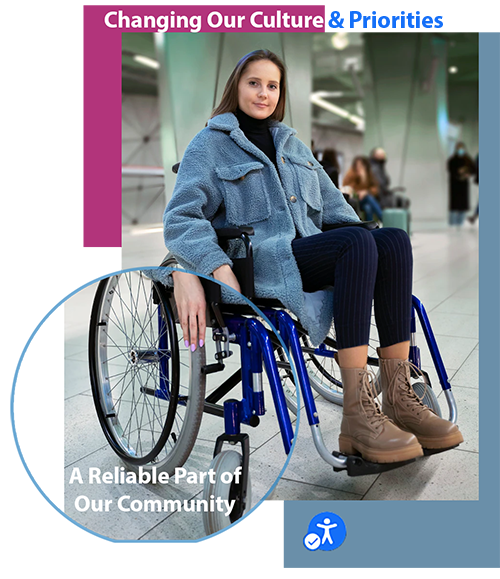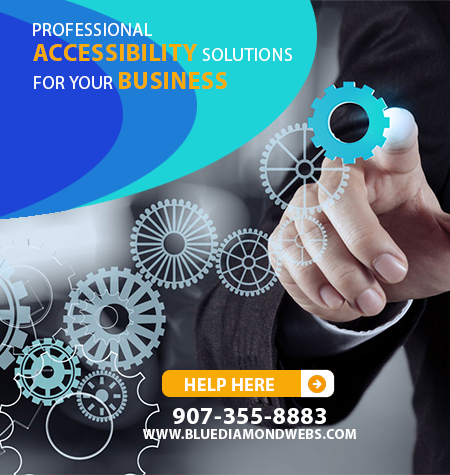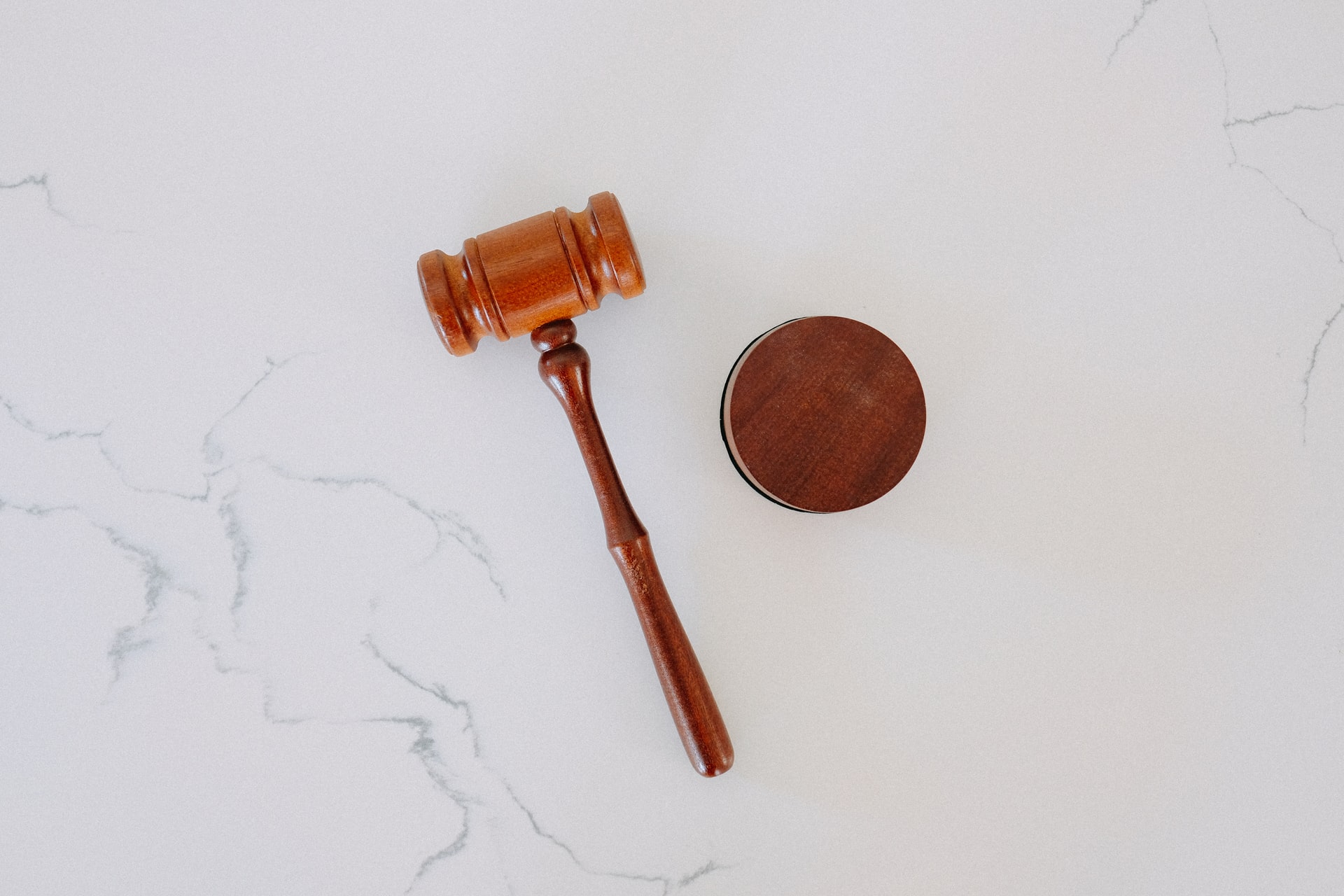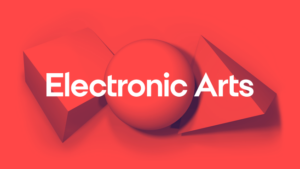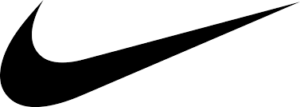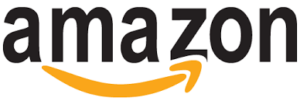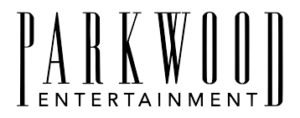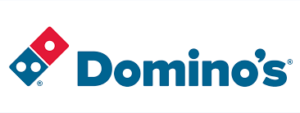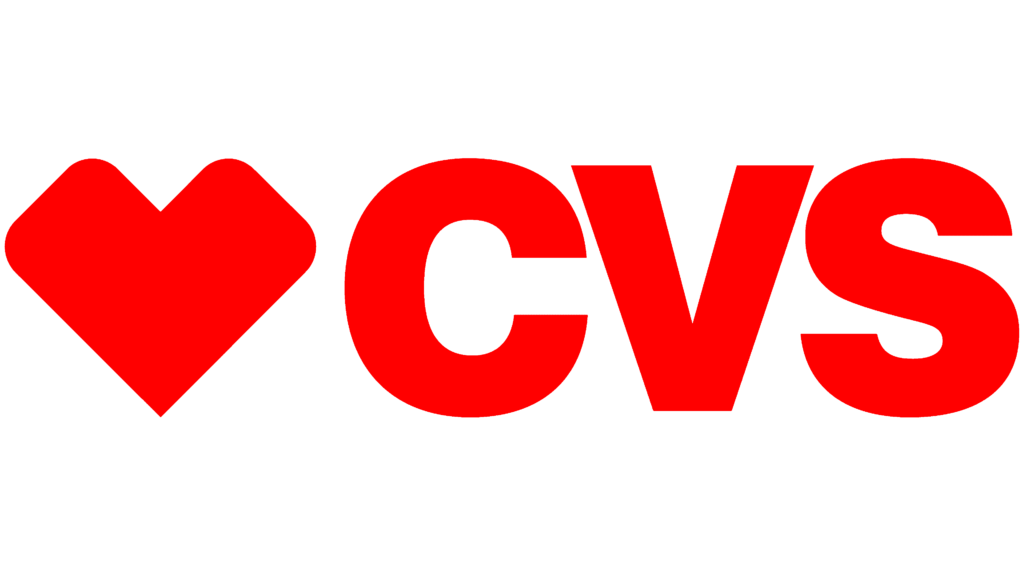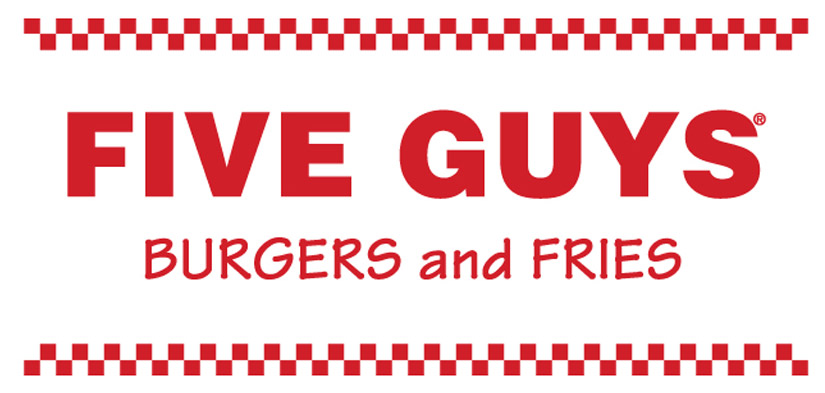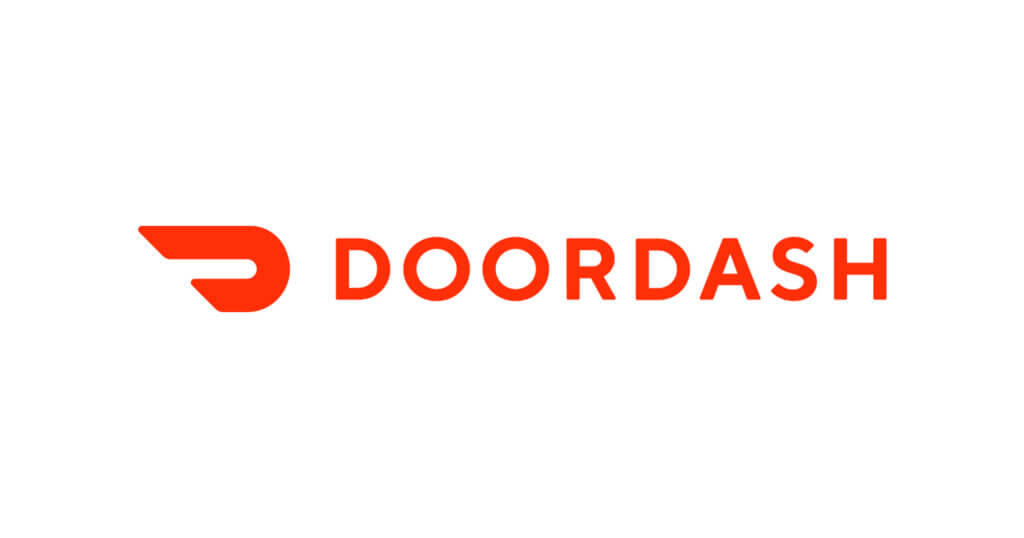
Website accessibility lawsuits in the United States are becoming more common. Website compliance standards are relatively new; at the very least, enforcement of these standards is just beginning to impact site owners.
In fact, industry analysts note that the number of web accessibility lawsuits brought by the federal Government has grown 19.8% this year and that retailers account for 73.7% of digital accessibility lawsuits.
If you’re found to violate ADA compliance, your first violation may result in a penalty of $55,000 to $75,000. Subsequent violations can result in a $150,000 fine.
Creating or updating a site to reach the point of accessibility must be a priority for site owners.
Including Those With Disabilities
How To Include People With Disabilities
Changing Our Culture & Priorities
⇓ ⇑ Communicate from the top that all people, including people with disabilities, have value and are respected and openly welcomed.
This may seem obvious but making the extra effort as it pertains to people with disabilities is important. It should be part of the organizational DNA. Your senior leadership, and staff need to be explicit about the importance of fully including people with disabilities. Websites and all other materials should clearly communicate that disability inclusion is a part of the organization’s vision, mission, and values. It should be an intentional consideration at every stage, not merely assumed or tacked on as an afterthought. Inclusion of all people should be a core consideration of policies, budgets, staffing, recruiting, and planning. Organizations should regularly and repeatedly state that people of all races, ages, abilities, sexual identities, gender orientations, faiths, and other backgrounds are welcomed. These declarations can be made out loud by leadership as well as in publications and on social media. It also must be clear in both word and deed that should the organization or any of its employees, events, or materials make anyone feel unwelcome or inequitably treated, they want to know about it right away, and it will be addressed. (And then of course, follow through on that promise).
⇓ ⇑ Acknowledge, understand, and embrace the widespread nature of disability. Disability touches every demographic category – gender, age, race, sexual orientation, etc. and impacts most people eventually through accident, illness or aging.
56 million Americans have a disability. When you include the loved ones of people with disabilities, according to polls. the size of the extended disability community is 63 percent of Americans. Some people have disabilities from birth, while others acquire them due to accident, aging, injury, or illness. Certain disabilities are obvious because they require use of a wheelchair or have noticeable physical attributes. However, most disabilities, including those related to learning, attention, mental health, or chronic pain, are invisible and many people with invisible disabilities are still “in the closet” due to stigma. For example, it may not be apparent to you that a longtime board member or large donor is hiding progressive hearing or vision loss, or that a coworker lives with depression, anxiety, or chronic pain. Keep this in mind when considering inclusive practices, as they matter as much for your board room and your office as for public events. Remember that each grant you make, every program you manage, and all events your organization holds or supports are likely to touch people with disabilities. For groups focusing their good work on marginalized populations, this is particularly important. While disability impacts people of all backgrounds, people with multiple marginalized identities (i.e. people of color and/or English language learners who also have a disability) face double discrimination. They are more likely to experience homelessness, live in poverty, or become incarcerated. By incorporating best practices for intersectional issues, you are more likely to increase your success and theirs. out loud by leadership as well as in publications and on social media. It also must be clear in both word and deed that should the organization or any of its employees, events, or materials make anyone feel unwelcome or inequitably treated, they want to know about it right away, and it will be addressed. (And then of course, follow through on that promise).
⇓ ⇑ Walk the walk (or roll the roll) and help your grantees and members do the same.
You would not fund programs or sponsor events that deny access to women or people of color and the same should be true for discrimination against people with disabilities. Just one out of five organizations (20 percent) represented in our survey ask their grantees or members to include people with disabilities in their work. Funders can make a big impact by encouraging or requiring that organizations intentionally include the 1-in-5 people who live with some form of disability, by making their work accessible and by helping them budget accordingly.
⇓ ⇑ Make sure people with disabilities are part of the solution.
People with disabilities are ready to contribute their lived experiences to problem-solving and deserve a seat at the table. Because one out of every four adults in America has a disability (including physical, sensory, cognitive, mental health, or other disabilities), it should be a part of your practice to make sure the disability population is represented in leadership and throughout the staff. Our research shows that doing so is a key component to doing better on disability issues across the board. People with disabilities have valuable insight and experience to share as it pertains to disability inclusion (as well as to every other issue apart from disability). Just like when organizations take on issues that affect people of different racial, ethnic, or other backgrounds, people with disabilities should be involved in working on matters that impact them.
Use your Internet storefront & social media to communicate with appropriate language
⇓ ⇑ Send an inclusive message in your communication
Websites and social media are the equivalent of a storefront or lobby. And while no organization wants a person who is deaf or blind to walk in only to be turned away with no attempt to communicate, this happens often at the digital front door. For example, just 14 percent of social sector organizations represented in our survey are producing video content with captions for hard of hearing viewers, even though it often is free and easy to do. Only 17 percent say their websites are set up properly to work with screen readers to make materials accessible to those with low vision. There also is a significant gap in making sure that the content itself sends an inclusive message. Here are a few simple steps to ensure both personal and digital communications convey inclusive values:
- Use appropriate language and etiquette. Two good rules to keep in mind are 1) to always err on the side of language that does not paint disability as inherently negative, and 2) “Ask the Person.” Notwithstanding any style guide, the most important indicator of respectful language is that you honor the preference of the individual with whom you are speaking. The use of certain words or phrases can express bias unintentionally. In all of your communication, try to use appropriate terminology. Some helpful hints:
- Refer to people respectfully and how they want. For example, many people withdisabilities prefer “people-first language,” which respects human beings and their strengths, rather than defining them by their disabilities. An example of people-first language is referring to a child with Down syndrome by his or her name, not the “Down syndrome kid.” People-first language puts the focus back on the people, not on the disability. On the other hand, some within the Deaf community prefer the term “Deaf person” as opposed to “person who is deaf” and some people with low or no vision prefer the term “blind.” Among people on the Autism spectrum, some prefer to be called Autistic people or Autistics rather that people with Autism because they consider their disabilities to be inseparable parts of who they are. Just as you may ask people for their gender pronoun preferences, you should ask people with disabilities how they prefer to be identified.
- Use the word “disability.” Terms like “physically challenged,” “special” and “differently-abled” are seen by some as patronizing. While such terms may seem to equate disabilities with positive qualities, many people see them as needlessly euphemistic, and frequently such words are not used by the people to whom they refer. In addition, people with disabilities are protected under the Americans with Disabilities Act; people with “special needs” are not.
- Think about other language you use. Similar to terminology used with regard to race and sexuality, what is considered acceptable language about disability has changed over time. Words that once were widely used now are considered to be offensive, have negative connotations, or imply inferiority. Other terms are outdated medical or colloquial. Avoid such words as “handicapped,” “suffers from,” “crippled,” or “wheelchair-bound.” A wheelchair is a tool of liberation that allows a person who would not otherwise be able to move around to have relative freedom. Similarly, disability is a fact of life and, like other facts of life, sometimes can have unpleasant consequences. Just as you would never say someone “suffers from a family” even though they may suffer when a loved one gets hurt or dies, it is inappropriate to refer to the fact of disability as a form of suffering just because it has the potential to lead to suffering like so much else in life. Some other words and phrases to avoid:
- People without disabilities are not “normal.” Saying “normal” implies that people with disabilities are “abnormal.” While people without disabilities often are referred to as “able-bodied,” some members of the disability community oppose that usage because it implies that all people living with disabilities lack “able bodies.” Instead, use the term “nondisabled,” “does not have a disability” or “is not living with a disability.” In some cases, the word “typical” can be used to describe a nondisabled condition.
- People with disabilities should not automatically be described as “inspirational” or “courageous” just because they have a disability. Using those words can lead to what some refer to as “inspiration porn,” which assumes that disability itself is so terrible that the mere act of living a normal life with a disability is inspirational. Like anything that turns another human being into a simplified foil or object of pity, the ultimate result is to deny the complex humanity of the person with a disability.
- Other terms to avoid can be found in this companion piece to the National Center on Disability and Journalism’s Style Guide: http://ncdj.org/2015/09/terms-to-avoid-when-writing-about-disability.
- Use the Disability Language Style Guide and related resources. For more on this topic, The National Center on Disability and Journalism (NCDJ) provides the industry’s only disability language style guide. The guide is intended for journalists, communication professionals and members of the general public who are seeking the appropriate and accurate language to use when writing or talking about people living with disabilities. It covers general terms and words on physical disabilities, hearing and visual impairments, mental and cognitive disabilities and seizure disorders. Please note that many of the language suggestions used by RespectAbility in this report and elsewhere are based on these NCDJ guidelines: http://ncdj.org/style-guide.
- Ensure your communications are accessible. Using captions on all audio and video files and making websites that work with screen readers allows the millions of people with hearing difficulties and low vision to have access to your material. Adding text descriptions, often called “alt text” or “alternative text,” to charts, graphs, images and maps so they are discernible by assistive technology is important as well. Other ways to make online content more accessible include using a site index and adding descriptions for materials presented visually. Conduct usability studies for your websites to verify that they work effectively with screen reading and other assistive technology. Ask a person who is blind and regularly uses adaptive computer technology to road test your website and social media. Have a plan in place to ensure that social media postings are accessible, including blog posts and newsletters. While some technologies allow you to add alt text, others do not. To remedy that, short image descriptions can be included in each post. As a bonus, many of these efforts also increase your Search Engine Optimization and reach. If you want to learn more specifically about web accessibility, please view this webinar: https://youtu.be/hSrfeCk_Bzw. Video hosting sites like YouTube provide free tools that allow users to add automated subtitles to their clips. This auto captioning is very helpful but not always perfect, so we recommend double-checking to ensure accuracy. Vimeo also has several options, including uploading your own timecoded transcript, or working with one of their paid transcription services, which will caption your video for a reasonable fee. Making a transcript of the video available online also is helpful.
- Show people with disabilities in photographs, infographics and other images on your website, in social media, and other materials. Only 38 percent of respondents to our survey work at organizations whose materials depict people with visible disabilities such as those who use wheelchairs or have Down syndrome. This is easily resolved by using photos and other images of people with authentic disabilities next to their nondisabled peers. (But please don’t put someone without a disability in a rented wheelchair to accomplish this.)
- Make it obvious that your policies are inclusive. Promote steps you are taking to be more inclusive of individuals with disabilities. Websites and social media accounts should make clear that your efforts are important, intentional, and ongoing. Consider how the photographs and stories you share, the events you advertise, and language you use reflects that people with disabilities are welcomed, valued and included. Websites and social media are critical tools for sharing an organization’s values and offerings.

I need to make my business visible locally…
Your business needs to be found in local searches. This means, your potential customer or client is close by when they are looking for your product or service and you need for their search, to reveal your small business!
Blue Diamond Webs manages your accounts for this important service and works on your behalf to lock in your local listing. And, we do it fast!
![]()
We Stay Current
Blue Diamond Webs takes pride in delivering high-quality, affordable technology products that meet the needs of our clients.
![]()
We’re Always With You
We focus on developing long-term partnerships with our clients beyond the initial sale.
![]()
We’re Local
We work hard to become a part of our community and love to meet face to face with our clients.
GODADDY CERTIFIED PRO DESIGNERS CREATING ELEGANT WEBSITES!
We Use Elegant Themes’ Divi and Elementor Themes
Our goal is to create your vision to the world!
![]()
We are confident we can create your vision and that is why we offer a
100% Satisfaction Guarantee
It’s an easy concept really…we build long term business relationships by creating something we are both proud of. If you feel disappointed with what we design for you, then simply request a refund.

A WEB DESIGN & DIGITAL MARKETING AGENCY
WordPress website design & development, social media, SEO, and local & reputation marketing.

Help Center (907) 355-8883
About Us
Webmaster Tools
Domain FAQ’s
Contact Us


![]()

Connect Today
Click to Call:
(907) 355-8883
ds@bluediamondwebs.com
8111 Lemonwood Dr. S.,
Ellenton, Fla. 34222


